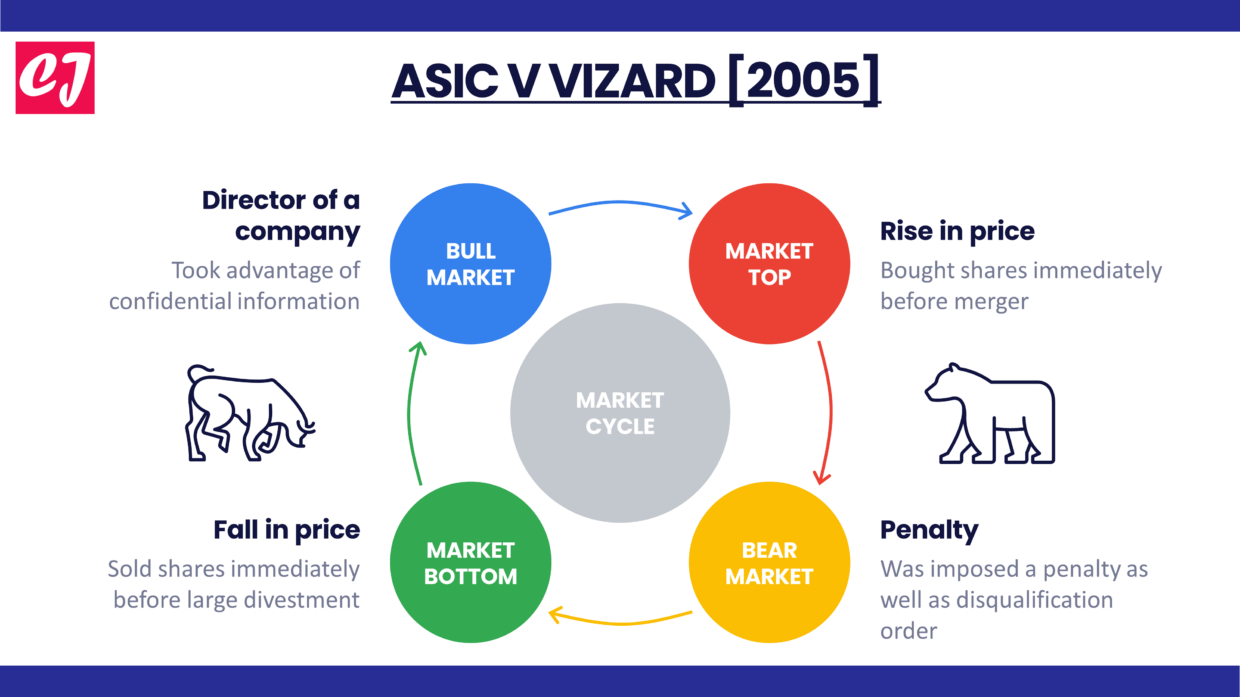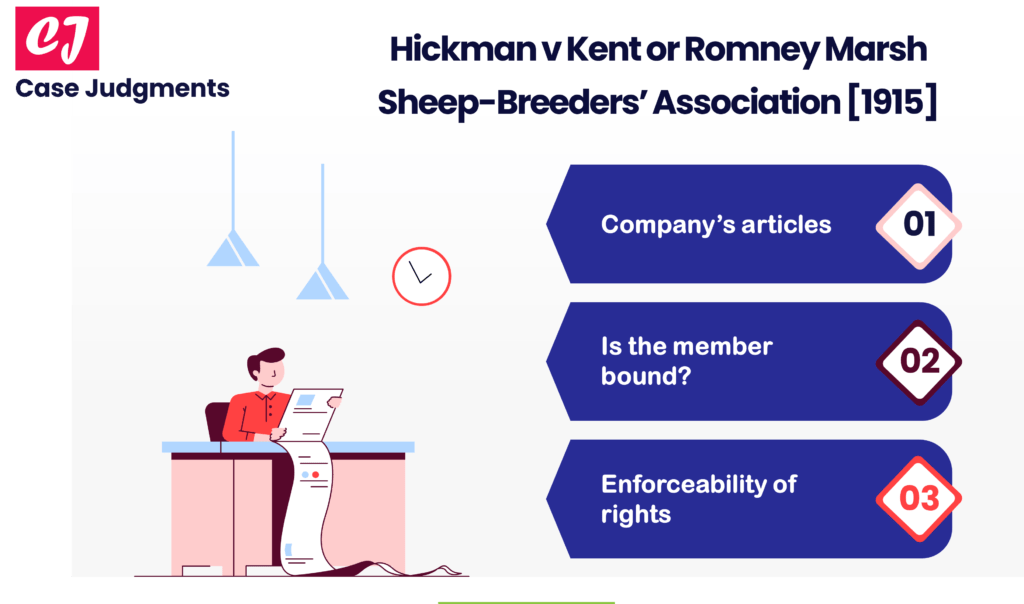
A Case Study of ASIC v Vizard [2005]
The case of ASIC v Vizard concerns a corporate offense committed by a director of a company.
| Case name & citation: | Australian Securities and Investments Commission v Vizard [2005] FCA 1037; (2005) 145 FCR 57 |
| Court: | Federal Court of Australia |
| Decided on: | 28 July 2005 |
| The learned judge: | Finkelstein J |
| Area of law: | Director’s duty; Misuse of information |
Facts of the case (ASIC v Vizard)
In the given case, Stephen William Vizard who was a director of Telstra at the time, admitted to engaging in share dealings for his own gain.
Vizard was appointed as a non-executive director of Telstra Corporation in 1996. As part of his role on the management board, he had access to market-sensitive information about the company before that information was made public. He took advantage of his position to access confidential information, which he then used to make decisions about the purchase and sale of shares for his own gain and/or others.
Matters of breach of director’s duty
On three different occasions, Vizard was found to misuse the information that he obtained as a director of Telstra. These were:
1. He used his information of a potential merger between Telstra and a company named Sausage Software to acquire Sausage Software’s shares just before the merger news was made public to benefit from the rise in the value of those shares post-merger.
2. Secondly, he became aware that Telstra was going to sell a significant shareholding in a company named Computershare Limited. Based on this confidential information, he sold his own Computershare shares before the divestment news of Telstra became public and dropped the value of those shares.
3. He utilized his knowledge of an impending merger between Telstra and a company named Keycorp to purchase Keycorp shares before the merger was officially announced. This allowed him to benefit from the subsequent rise in Keycorp’s share price.
When these matters of corporate misconduct came to the attention of ASIC (Australian Securities and Investments Commission), they undertook an investigation into the matter. On July 4, 2005, ASIC announced that they had commenced civil penalty proceedings against Mr. Vizard under s183(1) of the Corporations Act.
Judgment of the Court
Finkelstein J of the Federal Court of Australia delivered the judgment on July 28, 2005.
The Court imposed the following penalties on Vizard:
- Disqualification for 10 years from managing a corporation.
- Ordered to pay a penalty totaling $390,000.
The judge agreed with ASIC’s recommendation to impose a penalty of $130,000 each for all the breaches of the director’s duty (i.e., a total sum of $390,000). However, the judge doubled ASIC’s recommendation regarding the banning order. Instead of a banning order of 5 years as suggested by ASIC, the judge imposed a stricter banning order of 10 years to disqualify Vizard from being involved in the management of any corporation for 10 years.
Finkelstein J expressed the following remarks:
Left uninstructed I would have imposed a higher penalty, but not substantially different from that suggested. …. It is my view that a disqualification for five years is not sufficient …. A message must be sent to the business community that for white collar crime “the game is not worth the candle” ….
List of references:
- https://www.bartier.com.au/media/144652/directors-booklet-2022-update.pdf
- https://www.aph.gov.au/binaries/senate/committee/corporations_ctte/asic/asic_05_2/c02.pdf
- https://law.unimelb.edu.au/__data/assets/pdf_file/0004/1709905/90-Steve_Vizard__insider_trading_and_directors__duties1.pdf
YOU MIGHT ALSO LIKE:
MORE FROM CORPORATE LAW:

